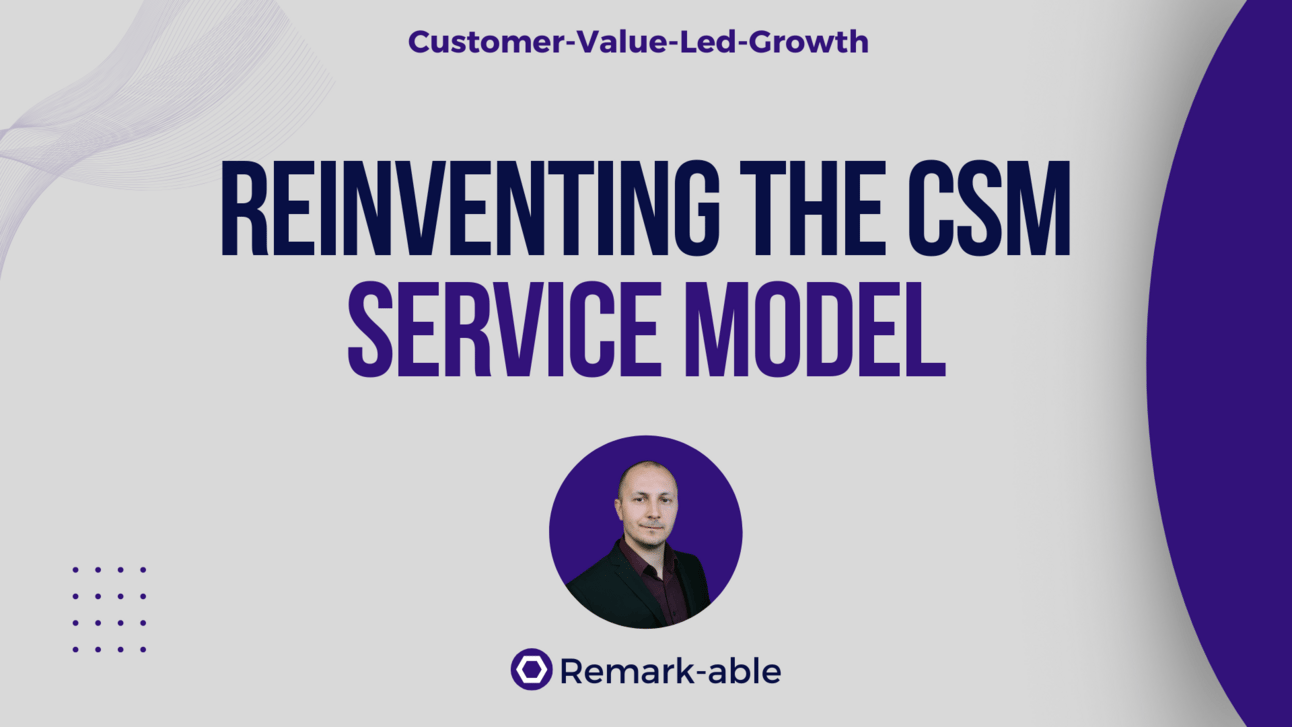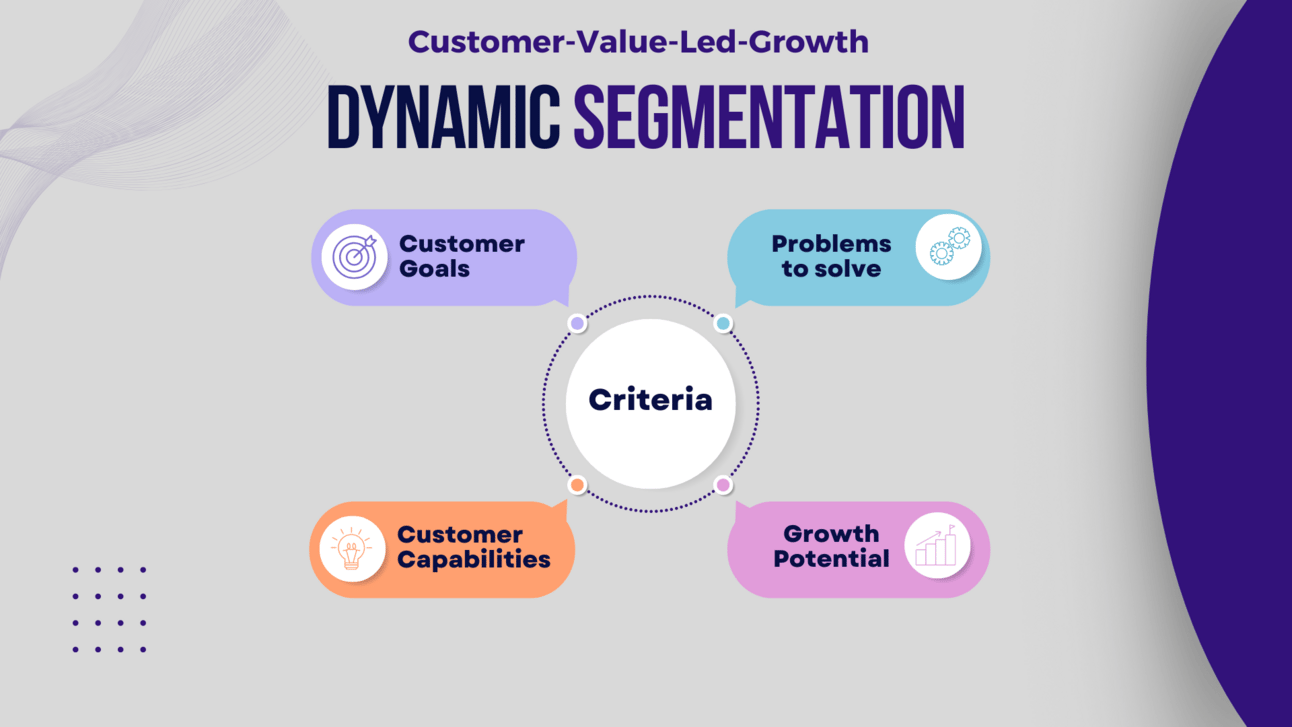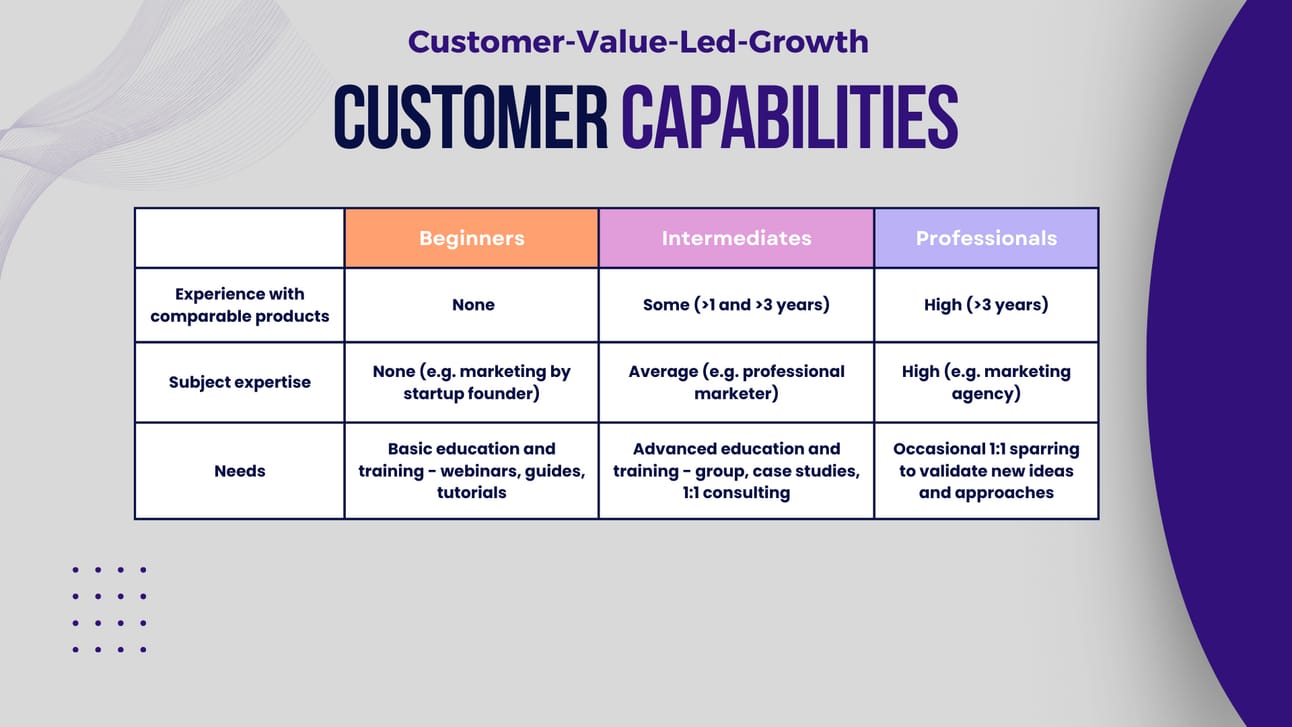Sponsored by

Hyper-Personalize Your 1:Many Motion with Matik Mail
Matik Mail makes it easy to hyper-personalize your email outreach at scale. Send data-rich emails with branded tables and charts tailored to each customer, or include in-depth, personalized PDF attachments—all in just a few clicks.
With 15+ out-of-the-box integrations, you can pull data from your data warehouse, BI tool, CRM, or even a spreadsheet and start sending in a matter of weeks. Effortlessly turn Google Slides, PowerPoint, and Docs into personalized PDF attachments, and let Matik Mail handle the rest!

Hi, Markus here. Welcome to a new episode of the Customer-Value-Led-Growth Newsletter.
I share strategies and guides to help you become a proactive CSM delivering more value for your customers and revenue for your company every week.
Need additional help? Check out these resources 👇
There’s a weird paradox in Customer Success Management. On one side, there’s overboard complexity where simplicity is needed. And where a certain degree of complexity is required, things are getting oversimplified.
A prime example of this is how customers are typically segmented. Based on their revenue, they either receive low/tech-touch, medium-touch, or high-touch/white glove services.
It’s super simple and makes it easy to assign new customers to individual CSMs or the “pool.” Segmenting customers based on what the vendor cares about was viable during the “golden age” of SaaS when customers did not care about expenses.
Now, as customer demands climb to new heights daily, this static, vendor-centric service model will cost you a fortune in missed opportunities. In today’s post, I want to show you a dynamic, customer-centric alternative.

1. Customer Goals
Unless your company sells only a single, clearly defined outcome, customers are buying your product for different purposes. Their goals vary in both, type and scope.
One customer is looking for a moderate 10% increase in a given KPI because they already have a strong performance and higher gains are unrealistic.
Another customer starts from a relatively low performance and aims for a 50% increase. Of course, you need to verify whether this is a realistic goal. More precisely, it should be done during the acquisition process.
However, if it didn’t happen, you need to set them straight. However, given that it’s realistic and the second customer indeed possesses such a high growth potential they still require different treatment.
At the same time, customers might not be pursuing the same goal. Reducing a high employee turnover is quite different from building career plans if you are selling an employee engagement platform.
2. Problems to solve
Customers sharing the same goals does not mean they share the same problems. Continuing with the example, you might have 2 customers who want to reduce their employee turnover.
However, the first customer has identified (with or without your help) that their high employee turnover results primarily from a poor work-life balance. The main turnoff at the other customer’s company is overboarding micro-management.
Those problems are visibly not the same and require different solutions. Segmenting customers by their problems enables specialization. Focus and repetition help you to improve both, effectiveness and efficiency.
The nature of the problems customers need to solve also defines their scope and ultimately affects capacity. If you can solve one problem twice as fast as another one you can (roughly) work with twice as many customers as well.
3. Customer Capabilities
The last part defining the journey customers have ahead is their skills and knowledge. While customer goals and problems are usually at least superficially defined few companies qualify their customers’ abilities.

Unless you are selling exclusively to a very narrowly defined ICP and creating a very homogenous group of customers this matters. Think about it. You are working with seasoned professionals or agencies using your product for a living.
But you are also working with beginners and generalists wearing many hats. They have completely different needs for training and education.
Inviting mature customers to your 101 Webinars is a waste of time. They might even feel offended leading to a poor experience. It also signals that you either don’t know them or that you don’t care.
Likewise, providing beginners with 1:1 consulting sessions does not yield significant results. If they have not built the basic skills and knowledge yet they can implement your advice to the intended outcome.
4. Growth Potential
If a customer is merely paying 100€ a month we can’t provide them with high-touch services and still operate profitably. We have to put them into the low-touch/scaled segment to streamline cost efficiency. That’s not rocket science but simple economics.
But what if we could grow this particular customer’s revenue 10x? That’s something many companies don’t have on the radar. Of course, some small customers have zero growth potential. Like when you are working with small business owners running a single store.
However, there might be other customers who have purchased your lowest tier to test the waters. They are seeking proof of value before adopting your product across their entire company.
It means trading a zero margin for the next few months for bigger returns in the long run. However, you need to carefully do your due diligence and evaluate the likelihood of successfully unlocking it.
5. Shifting into a Higher Gear
If you consider customer goals, problems, capabilities, and growth potential in your segmentation you are already set up for a significant performance increase. Shifting resources from where they are surplus to requirements to where they are urgently needed.
However, customer goals are changing over time. So are the problems they need to solve. Thanks to your education and training their capabilities are growing. Depending less and less on your input.
Even a customer’s growth potential can change. All it takes is a change of strategy or a substantial funding round. Your segmentation and resource distribution needs to change with your customers.
If you are working with customers who have been around for 4-5 years already they likely don’t need a QBR 4 times per year. They know what they are doing and their results prove it. Reduce it to 2x per year with your customers’ blessing.
The time to prepare, run, and follow up on a QBR is considerable if you have e.g. 10 customers who have achieved this kind of senior level. Freeing up quite some time to spend on some “raw diamonds”.
This also works the other way around. Your customers have accomplished their initial goal and now they are tackling a more complex problem. Requiring more assistance than they did before despite being better educated and trained.
Dynamic segmentation is powerful but it’s not easy to make it work. Don’t implement everything all at once but move forward step by step.
Start with segmenting your customers by their goals and refine it by adding problems to solve, capabilities, and growth potential (in that order).
Reallocate your resources accordingly in the process.
Did you find value in this post? Share it with your team 👇
Here’s how I can be of further help 👇
Training Platform: Become 1% better at delivering, growing, and monetizing customer value every day.
Coaching: Upskill faster and further with weekly coaching calls in a group-, leadership- or team setup.
Courses and Guides: Get the strategies, tools, and processes to move from reactive CSM to Customer Value-Led Growth.
Sponsorships: Promote your product, service, content, or event to 8k+ CS professionals in my newsletter or 48.8k+ on LinkedIn.
